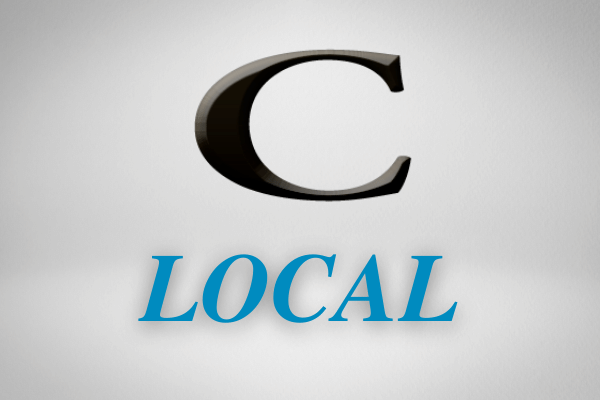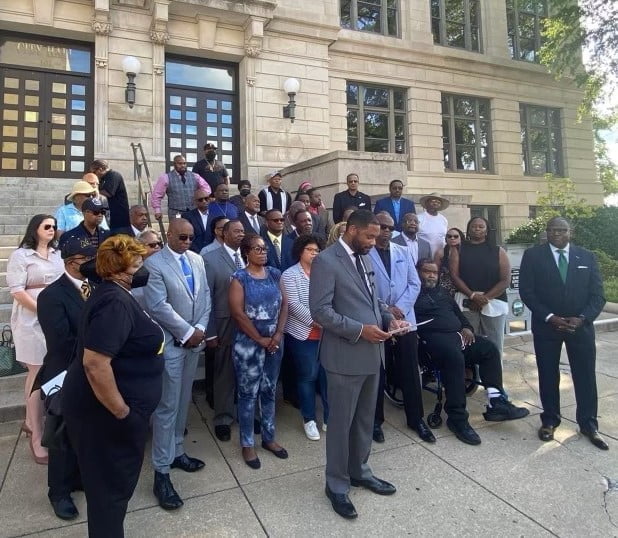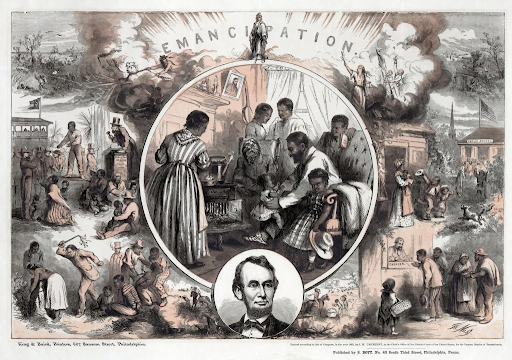New agreement will help alleviate homelessness in some of the city’s most vulnerable neighborhoods
Chattanooga, Tenn.— Chattanooga City Council unanimously approved the use of $60,000 in federal American Rescue Plan funds to help rapidly rehouse up to 100 residents currently experiencing homelessness. The funds will go to the Chattanooga Housing Authority as part of an agreement to provide housing to residents with no income at the cost of $600 per person, per year. Once the residents are housed, the City’s Office of Homelessness and Supportive Housing will provide them with wraparound services and support to help them stabilize and find employment.
“The only permanent solution to homelessness is a home, and thanks to our partnership with the Chattanooga Housing Authority, we’re now able to offer that solution to up to 100 of our city’s most vulnerable residents,” said Sam Wolfe, director of the city’s Office of Homelessness and Supportive Housing. “We are grateful for City Council’s partnership on this effort, and we’ll continue to work every day to find solutions that speed exits from homelessness and empower these residents to take positive steps forward in their lives.”
In addition to covering the $50 per month rental cost of the units, the $60,000 in funding may also be used to cover move-in costs and back rent to the Chattanooga Housing Authority, which are often barriers for residents experiencing homelessness who are seeking housing.
The city plans to offer the majority of the housing units to residents who vacated the 11th street homeless encampment in early June. All residents of the 11th street encampment were offered a referral to a new temporary sanctioned encampment on 12th street and a referral to work toward permanent housing through the Chattanooga Housing Authority. Those who declined were offered a new tent and relocation assistance.
Studies show a direct correlation between rising housing prices and rising homelessness, particularly when wages do not keep pace. Mayor Tim Kelly has directed the city to undertake a number of initiatives to increase the supply and affordability of housing in the city, which has seen rising demand for housing at a time when few units are available.
This year’s budget includes an unprecedented $33 million toward a $100 million affordable housing initiative that will create and preserve thousands of homes over the next several years. The city is also undergoing a top-to-bottom zoning code assessment to remove barriers to the creation of housing that Chattanooga residents can afford, and has rolled out incentives for housing providers to rent to low-income families.
In July, Chattanooga City Council approved Mayor Kelly’s One Chattanooga Recovery and Relief Plan, which includes $7.4 million for initiatives that create and preserve affordable housing, and $5.3 million for homelessness prevention and recovery. These initiatives include, among other efforts, creation of a new low barrier shelter to help transition residents experiencing homelessness into permanent housing and creation of 230 new affordable housing units in partnership with four community-based organizations.













